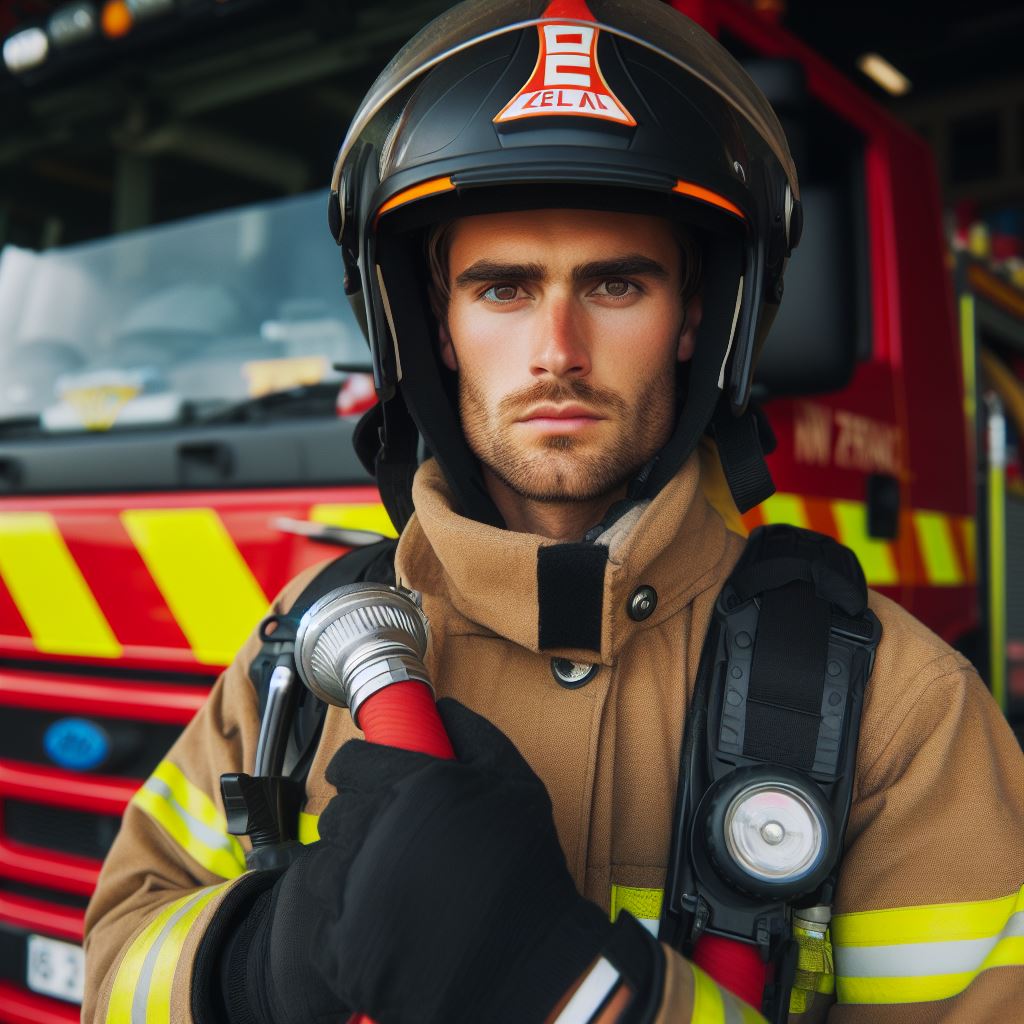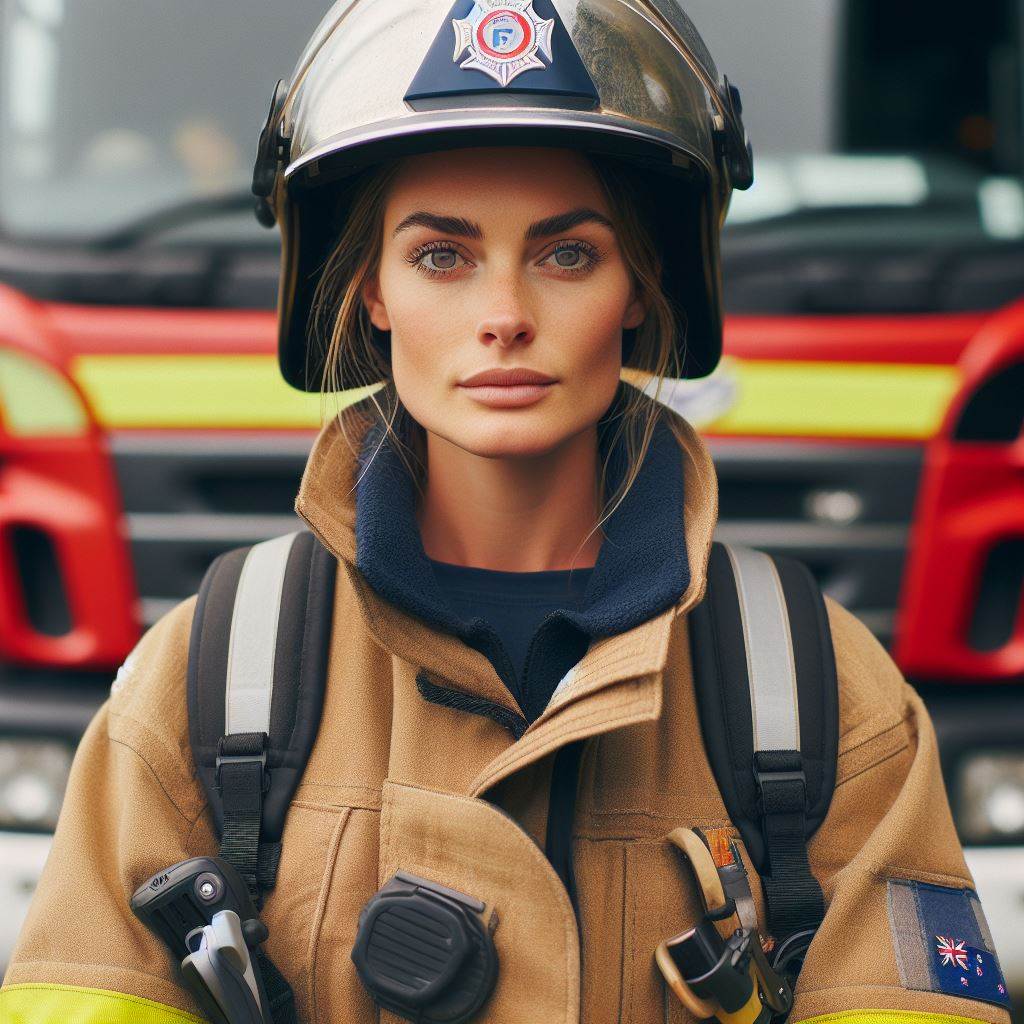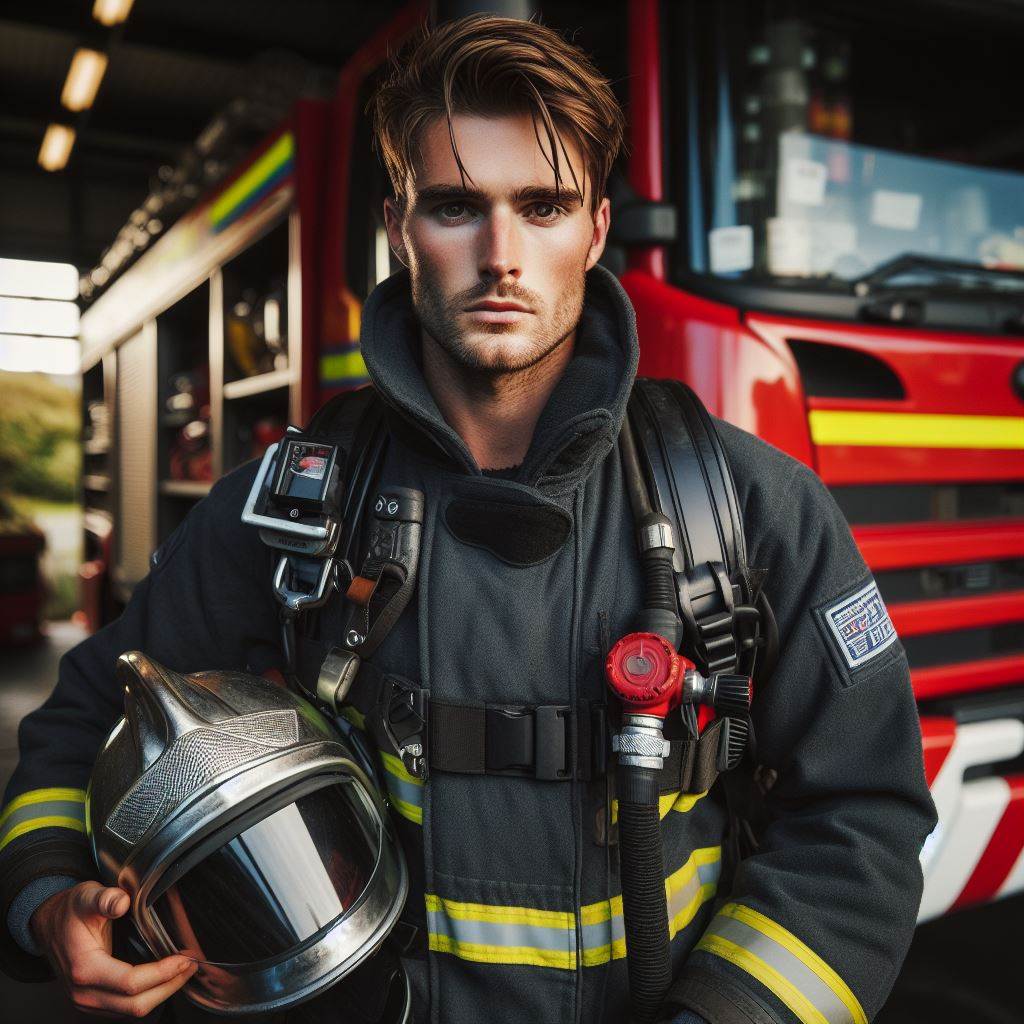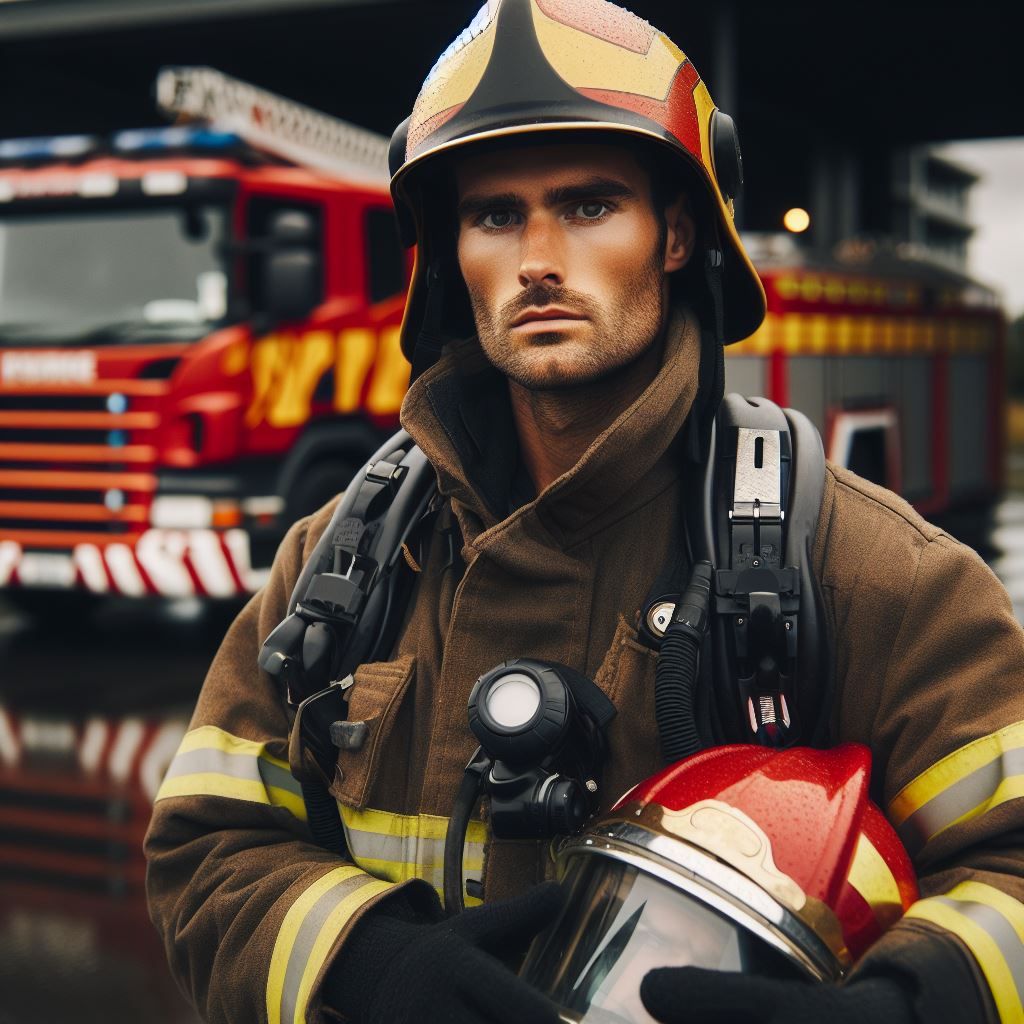Introduction
Firefighting is a crucial profession, involving extinguishing fires, rescuing people, and preventing future blazes.
A. Definition of Firefighting
Firefighting involves extinguishing fires, rescuing individuals, and preventing future blazes.
B. Increasing Number of Women in Non-traditional Careers
Women are increasingly joining traditionally male-dominated fields, including firefighting, bringing diverse skills and perspectives.
C. Role of NZ Women in Firefighting
In New Zealand, women play a vital role in firefighting, serving as firefighters, officers, and leaders.
D. Key Contributions of NZ Women Firefighters
- NZ women firefighters demonstrate bravery, skill, and dedication in their roles.
- They contribute significantly to firefighting operations and community safety.
- They serve as role models, inspiring future generations of firefighters, both male and female.
Basically, NZ women make valuable contributions to firefighting, highlighting the importance of gender diversity in this field.
Historical Background
A. Male-dominated nature of firefighting historically
Firefighting has been traditionally dominated by men, with little to no participation from women.
Historically, firefighting was considered a dangerous and physically demanding profession unfit for women.
Society and cultural norms played a significant role in excluding women from firefighting roles.
B. First instances of NZ women joining the fire service
In the late 19th century, New Zealand began witnessing the first instances of women joining the fire service.
These early pioneers faced numerous barriers and had to fight against existing gender norms to be accepted.
Despite the challenges, a few determined women managed to break through and become firefighters.
C. Challenges and stereotypes faced by early women firefighters
Early women firefighters encountered resistance, skepticism, and prejudice from their male counterparts.
They had to prove their physical capabilities and firefighting skills to earn respect in a male-dominated environment.
These women also had to deal with societal stereotypes, often being portrayed as not strong enough or emotionally unfit for the profession.
Discrimination and gender bias often led to limited opportunities for women in terms of promotions and career advancement.
Personalized Career Consulting
Unlock your potential with expert career advice tailored to your goals. Get personalized guidance and actionable steps toward your dream career in New Zealand.
Get StartedFemale firefighters faced unique challenges, such as inadequate protective gear and proper facilities.
Despite these challenges, these women remained resilient and continued to pave the way for future generations of women in firefighting.
D. Significant progress made in breaking down the gender barriers
It was not until the 1970s that significant progress was made in breaking down the gender barriers in firefighting.
The establishment of equal employment opportunity laws and changing attitudes towards gender roles helped improve the situation.
Since then, more women have been joining the fire service and actively contributing to emergency response efforts.
The inclusion of women in firefighting has brought diverse skills, perspectives, and expertise to the profession.
Women have proven their competency in all aspects of firefighting, from fire suppression to rescue operations.
Their presence has led to a more balanced and inclusive work environment within the fire service.
Despite the progress, challenges still persist for women in firefighting, particularly in leadership roles.
Efforts are being made to address these barriers and provide opportunities for career growth and advancement.
Continued education, awareness, and support are crucial for overcoming gender disparities in the firefighting industry.
The role of New Zealand women in firefighting has come a long way from being excluded to actively shaping the profession.
Their contributions have shown that firefighting is not limited by gender and that women excel in this critical field.
It is imperative that we continue to celebrate and support the presence of women in the fire service to ensure a diverse and inclusive future.
Transform Your Career with a Professional CV and Cover Letter
Stand out to employers with an ATS-optimized resume and tailored cover letter designed to match your dream role. Let us craft your job application materials for success!
Get StartedRead: Firefighting Tactics Unique to NZ
Current State of Women in Firefighting
A. Statistics on the percentage of women in the NZ Fire Service
As of 2009, only 5.5% of firefighters in the NZ Fire Service are women.
This number has increased from 3% in the past 13 Years.
While progress has been made, there is still a significant gender disparity in firefighting.
B. Recruitment and training process for women interested in firefighting
Women who are interested in becoming firefighters go through the same recruitment process as men.
This includes physical fitness tests, written exams, interviews, and medical assessments.
The requirements for women and men are the same in terms of physical abilities and qualifications.
Training for female firefighters is also identical to that of their male counterparts.
They undergo rigorous training in areas such as fire suppression, rescue operations, and medical response.
C. Role of specific initiatives aimed at attracting more women to the fire service
To address the underrepresentation of women, various initiatives have been implemented.
One such initiative is targeted recruitment campaigns that specifically encourage women to join.
These campaigns highlight the benefits and opportunities available in firefighting for women.
Mentorship programs have been established to support and guide women throughout their firefighting careers.
The NZ Fire Service also actively participates in community events to promote diversity and inclusion.
Boost Your Career with a Standout LinkedIn Profile
Attract recruiters and expand your network with a fully optimized LinkedIn profile tailored to highlight your strengths and professional goals. Let your profile open doors to new opportunities!
Get OptimizedThese initiatives aim to break down gender stereotypes and create a more inclusive and diverse firefighting workforce.
One notable initiative is the Female Firefighter Recruitment Program, which proactively seeks out and supports female candidates.
This program provides additional resources and support during the recruitment and training process.
Another initiative is the Women in Firefighting scholarship program, which aims to provide financial support to aspiring female firefighters.
These initiatives have shown promising results in attracting and retaining more women in firefighting roles.
Despite these efforts, there are still challenges that need to be addressed.
The physical demands of firefighting can be seen as a barrier for some women.
However, the NZ Fire Service actively works towards creating a more inclusive and supportive environment.
They provide ongoing training and development opportunities to ensure that all firefighters are equipped to meet the demands of the job.
In fact, while the representation of women in firefighting is improving, there is still progress to be made.
Through initiatives focused on recruitment, training, and support, the NZ Fire Service is actively working to increase the number of women in firefighting roles.
A more diverse and inclusive firefighting workforce will not only improve the overall effectiveness of the service but also inspire future generations of women to pursue careers in firefighting.
Read: Health Tips for NZ Firefighting Heroes
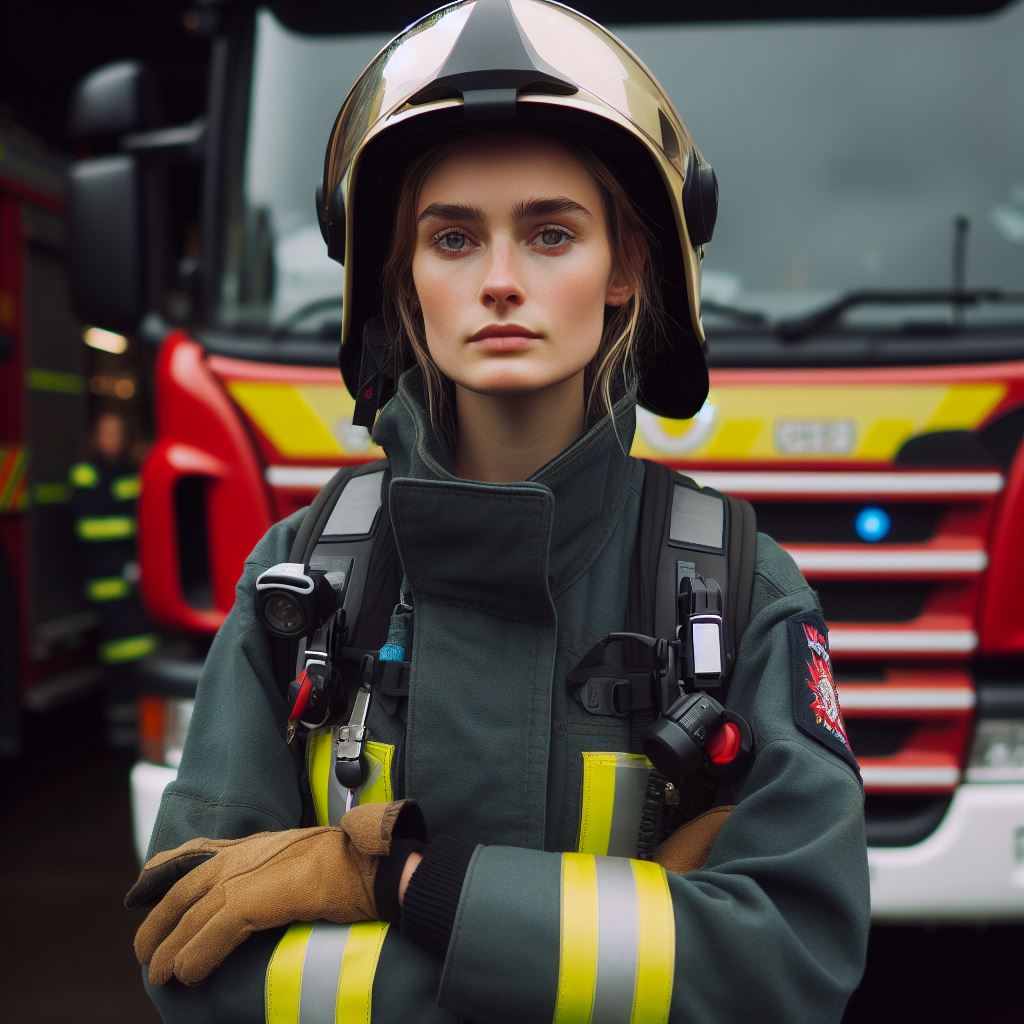
Success Stories of NZ Women Firefighters
A. Notable achievements and contributions of women firefighters
Women firefighters in New Zealand have accomplished remarkable achievements and made significant contributions to their profession and the community.
Carole Sandy made history as the first female fire chief, breaking barriers and inspiring other women to pursue leadership roles in firefighting.
Sarah Wilson’s heroic act of saving a child from a burning building earned her a bravery medal and highlighted the bravery and selflessness of women firefighters.
Her story serves as a reminder that gender is not a limitation in the face of danger.
Emma Davis demonstrated exceptional leadership skills during a major wildfire incident, earning recognition for her exemplary performance.
Her success story showcases the competence and expertise of women firefighters, proving their capabilities in challenging situations.
B. Impact of women firefighters on the community
The impact of women firefighters on the community has been significant.
Their presence has brought increased diversity and representation to the traditionally male-dominated profession.
By breaking stereotypes, they have inspired young girls to consider firefighting as a viable career option, promoting gender equality in the field.
In addition, women firefighters have proven themselves valuable assets in firefighting operations and emergency responses.
Their unique perspectives and experiences contribute to more comprehensive problem-solving and decision-making.
The inclusion of women in firefighting teams has improved team dynamics, fostering a more inclusive and supportive environment.
C. Personal stories of women firefighters overcoming challenges and breaking barriers
Women firefighters have faced their fair share of challenges but have triumphed over them.
Lisa Anderson encountered skepticism and discrimination when she joined the firefighting academy, but she proved her worth through hard work and dedication.
Her success story serves as a testament to the determination and resilience of women firefighters.
Rachel Roberts overcame physical challenges to become a successful firefighter, demonstrating sheer determination and inspiring others with her perseverance.
Her story highlights the importance of a supportive and inclusive environment that values individual abilities over physical attributes.
Jasmine Patel broke cultural barriers, pursuing her passion for firefighting despite societal expectations.
Her bravery and commitment encourage inclusivity and diversity within the firefighting profession, making it more accessible for individuals from different backgrounds.
In short, the success stories of women firefighters in New Zealand highlight their notable achievements, contributions, and the impact they have on the community.
Their unwavering dedication, courage, and resilience act as inspiration for future generations, proving that women are an indispensable part of the firefighting profession.
Through their accomplishments, they continue to break down barriers and pave the way for a more inclusive and diversified future in firefighting.
Read: Understanding NZ’s Fire Service Hierarchy
Challenges Faced by Women Firefighters
A. Various issues relating to gender biases and discrimination in the workplace
Gender biases and discrimination continue to pose challenges for women in firefighting.
Women often face stereotypes and biases that question their abilities and suitability for the job.
Discrimination can manifest in the form of unequal treatment, lack of support, and exclusion from certain roles.
Negative perceptions of women’s physical strength and capabilities can hinder their progress as firefighters.
Unfair evaluations and promotions can perpetuate gender inequalities within the firefighting profession.
B. Physical demands and potential barriers faced by women in firefighting
The physical demands of firefighting, such as heavy lifting and strenuous activities, can be challenging for women.
Differences in physical stature and strength between men and women can create potential barriers on the job.
Proper equipment and gear designed for women’s body proportions can help address these physical challenges.
Emotional and psychological aspects of firefighting, including handling trauma and stress, affect women and men equally.
Encouraging a supportive and inclusive work culture can help women overcome physical barriers and succeed in firefighting.
C. Initiatives in place to address and overcome these challenges
Fire departments and organizations are implementing diversity and inclusion programs to combat gender biases and discrimination.
Training programs designed to address physical challenges and enhance women’s capabilities in firefighting are being developed.
Recruitment efforts actively seek qualified women candidates to increase their representation in the firefighting profession.
Mentorship programs provide support and guidance to women firefighters, helping them navigate their careers.
Awareness campaigns and educational initiatives aim to change societal perceptions and encourage more women to consider firefighting.
In general, women in firefighting face various challenges, including gender biases, discrimination, physical demands, and potential barriers.
However, initiatives are being undertaken to address and overcome these challenges, such as diversity programs, specialized training, recruitment efforts, mentorship, and awareness campaigns.
By creating a more inclusive and supportive environment, the role of NZ women in firefighting can be further enhanced and celebrated.
Read: Firefighting Gear: A NZ Perspective
Support and Mentorship for Women Firefighters
In order to empower and encourage women in firefighting careers, mentorship programs and support networks play a crucial role.
These initiatives provide guidance, advice, and inspiration to women firefighters, helping them thrive in a historically male-dominated field.
A. Importance of Mentorship Programs
Mentorship programs are vital for women firefighters as they offer a structured platform for guidance and support.
By pairing experienced firefighters with female recruits, these programs help bridge the gap between genders, leading to increased confidence and professionalism.
Mentorship fosters personal growth by providing insights from seasoned professionals, helping women navigate the unique challenges they may face.
It offers an avenue to acquire knowledge and hone essential firefighting skills, enabling them to excel in their roles.
Additionally, mentorship programs instill a sense of belonging and inclusion, as women firefighters can connect with others who have experienced similar journeys.
This camaraderie creates a supportive community, ensuring that no one feels alone.
B. Support Networks and Organizations
Another critical aspect for women firefighters is the availability of support networks and organizations.
These platforms provide a sense of community, empowerment, and advocacy for women in the fire service.
The International Association of Women in Fire & Emergency Services (iWomen) is an example of such an organization.
iWomen offers resources, leadership development, and networking opportunities for women firefighters across the globe.
Locally, firefighter associations often have specific women’s committees to address the unique needs of female firefighters.
These committees create a space for open dialogue, support, and collaboration.
Social media groups dedicated to women in firefighting also serve as invaluable support networks.
These groups provide a platform for women firefighters to share experiences, seek advice, and foster connections with peers in the industry.
C. Success Stories of Mentoring and Support
Success stories from women who have benefited from mentorship and support networks are inspiring and demonstrate the positive impact of these initiatives.
Kate Johnson, a firefighter from Wellington, credits her mentor for helping her overcome self-doubt and develop her firefighting skills.
With ongoing guidance, she excelled in her career, eventually becoming a role model for aspiring women firefighters.
Emma Thompson, a firefighter in Auckland, found immense support through women’s committees in her local firefighter association.
These committees provided advice on work-life balance and encouraged her to pursue leadership opportunities within the service.
Mentorship and support networks have been instrumental in empowering women firefighters to break barriers and succeed in their chosen profession.
In a nutshell, mentorship programs and support networks are essential for women firefighters.
Through these initiatives, women gain confidence, develop critical skills, and find a community that understands their unique challenges.
Success stories further highlight the transformative impact of such programs.
By continuing to invest in mentorship and support, we can ensure equal opportunities and a stronger firefighting workforce.
Conclusion
The role of women in firefighting has grown significantly in recent years, with more female firefighters joining the ranks.
Women firefighters bring a fresh perspective, diversity, and valuable skills to the NZ Fire Service, enhancing its effectiveness.
It is crucial to inspire and support women to pursue firefighting careers, challenging traditional gender roles and fostering inclusivity.
The increasing presence and importance of women in firefighting have made a significant impact on the NZ Fire Service.
The inclusion of women has brought diverse skills and perspectives, ultimately benefiting the entire organization.
To continue this positive trend, it is essential to encourage more women to consider firefighting as a career option and actively promote gender equality in the profession.
By breaking gender stereotypes, we can create a fire service that represents and serves our diverse society.

